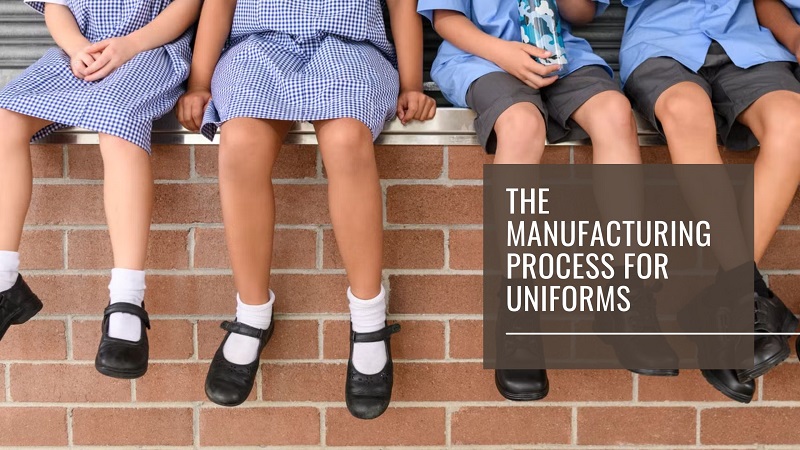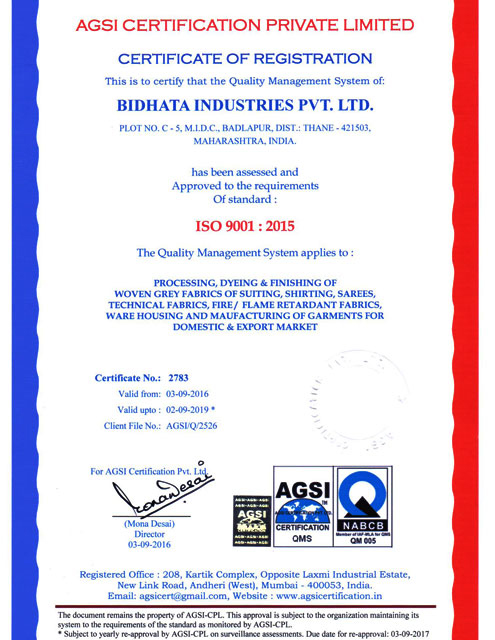The Manufacturing Process For Uniforms
Why Do People Wear Uniforms?
The word ‘uniform’ gives a sense of continuity and evenness. Uniforms are a part of almost every job profile. People working as chefs, security officers, waiters, sales executives are all required to wear a specific set of clothes in the same color and pattern. While the parameters of identification may vary from one company to the other, each company has its own distinct uniform for certain employees.
In most countries there is a standard set of uniform that remains unchanged for every police and military officer. People working in the private sector may not have a standard uniform, but they are expected to dress up in formal wear.
Having a uniform for employees or students has the following advantages:
- Staff of various designations often have different uniforms which makes it easy to identify members of staff
- Uniforms often have the logo and name of the company which helps to increase the company’s brand value
- Schools have strict rules for uniforms to avoid students wearing flashy clothes and accessories which could act as a distraction from studies
- Uniforms are always the same for everyone irrespective of their socio-economic stature, thus instilling a sense of equality
- Wearing the uniform of a company or an academic institute gives a sense of belonging, thereby increasing the desire to work in an even more efficient manner.
While wearing a uniform is a great feeling, the process of manufacturing uniforms requires meticulous planning and attention to detail.
Important Steps In Manufacturing Uniforms
- Receiving an order for a specific set of uniforms is where the procedure of manufacturing starts.
- After the order finalised, the planning to execute and deliver the order begins. This includes procuring raw material, arranging manpower, and creating samples for sizes, colours, material texture and much more.
For eg: Security uniform manufacturers in India usually stick to specific colors for their clothes.
- Designing and printing takes time if there is any requirement of hand work design. When the order is for garments such as uniforms, blazers, shirts, trousers then the design work gets reduced.
For eg: Chef coat manufacturers in India must be spending less time on the printing and designing stage than a saree manufacturer.
- Customized uniforms need to be sewn accordingly to fit the employee perfectly. However, this stage is easier for coverall manufacturers in India, scarf manufacturers, saree manufacturers as all these clothes are available in a ‘fit for all’ size.
- Only after thorough inspection of all clothes, can the final order be dispatched.
Manufacturing of uniforms or garments in general requires a well maintained set up, an efficient team of labourers and adequate storage space to name a few. Manufacturing garments requires investment of not only money, but time and hard work as well. The returns are generous for everyone who is willing to do their fair share of work.


Leave a Reply